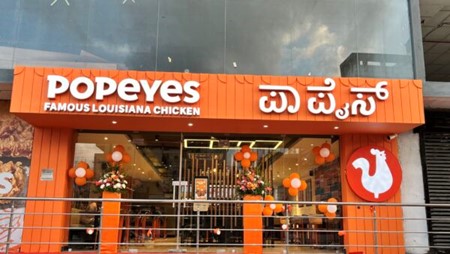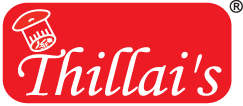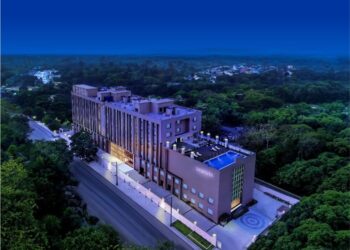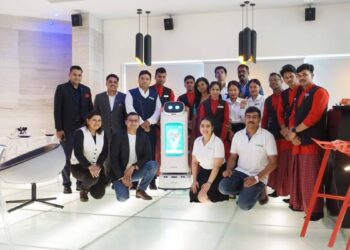Popeyes, a Cajun chicken chain, was founded in the US over 50 years ago, but it has since been established in India through Jubilant Food Works (which is also the Indian franchisee of other legacy QSR chains like Dominos and Dunkin) Popeyes launched its first store in Bengaluru in January 2022 and quickly expanded to other cities such as Chennai, Hyderabad, Coimbatore, and Manipal. Currently, the brand is expanding into North India, with its debut store at Omaxe Mall in Chandni Chowk.
Gaurav Pande, Executive Vice President and Business Head of Popeyes reported that, “Delhi is arguably the food capital of India, and it’s not just the food here, but the stories around food. Similarly, we have a very rich culinary heritage at Popeyes. After seeing the love we got in South India, starting with our first store in Bengaluru and the amount of love people had for the flavours, Delhi was next on our list, and what better way to enter than the heart of Delhi, both metaphorically and geographically”.
The two new restaurants are located at Pacific Mall Jasola, NH-19, beside Jasola Apollo Metro Station, Jasola, New Delhi and the Mall of Faridabad, NIT Bus Stand, K L Mehta Road, 01, New Industrial Township, Faridabad. The Jasola Mall store will be the second Popeyes store in New Delhi and with the Mall of Faridabad outlet, it will be the second Popeyes store in Haryana state after the US brand already has one store in Gurugram.
Sameer Khetarpal, CEO and MD of Jubilant Food Works shares that, “About 70% of Indians are non-vegetarians and of this, two-thirds eat only chicken. In that sense, India is a chicken-only non-vegetarian market”.
According to his estimation, the unorganized players in the market hold approximately two-thirds of the pie, indicating a significant opportunity.
The Indian fast food market is set to reach $25.4 billion per year, as per Mordor Intelligence’s estimates. Fried chicken brands have a small share of 15%, growing at a CAGR of 18%.Fast food delivery accounts for around 30-40% of the market, while the rest is dine-in and take-out.
Pande said, “Wherever we go into the QSR business, we depend on different but parallel tracks. One is that when we enter the city, we have to mark our presence in the city, and you will see as we launch that we are going to present across multiple channels and media all over Delhi NCR. And a parallel track is also being very hyper local because restaurants ultimately have some sort of catchment area, meaning as our stores open, we’re going hyper local with our digital presence.”
With India experiencing a fast-growing market with higher disposable incomes and urbanization due to advancing economies, the company is committed to rapidly expanding its QSR brands, particularly Domino’s.
“And the third leg is performance marketing, which is when we launch on day one, we will launch with our app. So on day one consumers could order from our app, as we have our own delivery fleet, our own ordering system. We use performance marketing to drive the app, as well as for driving footfalls into the store. These are the three elements of our media plan: going wide; going hyper local; and then being very, very clinical about the data from your visit, whether in-store or online. “Added pande








